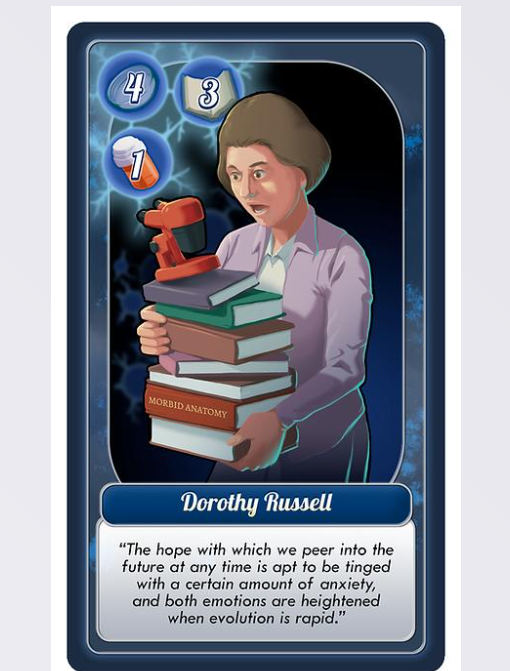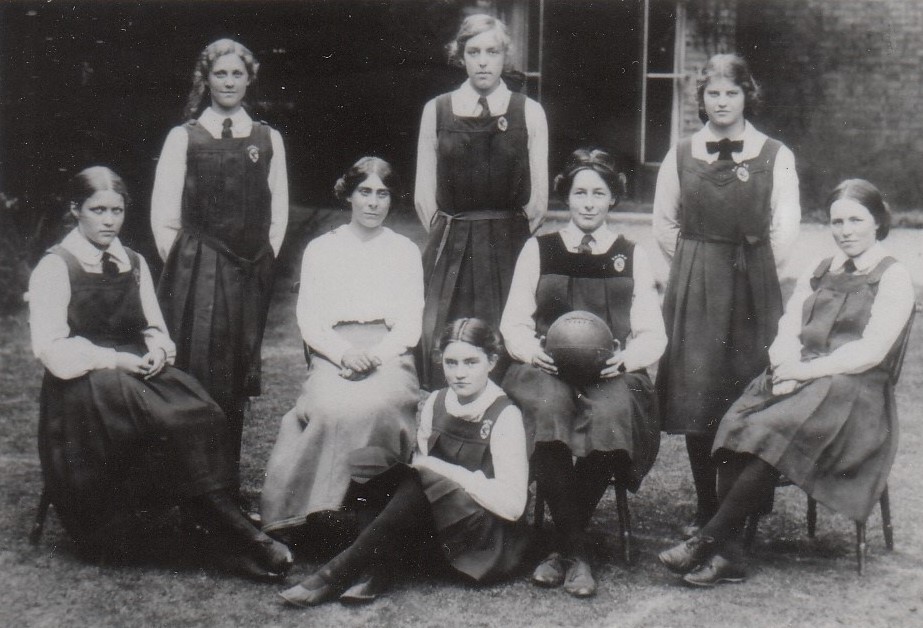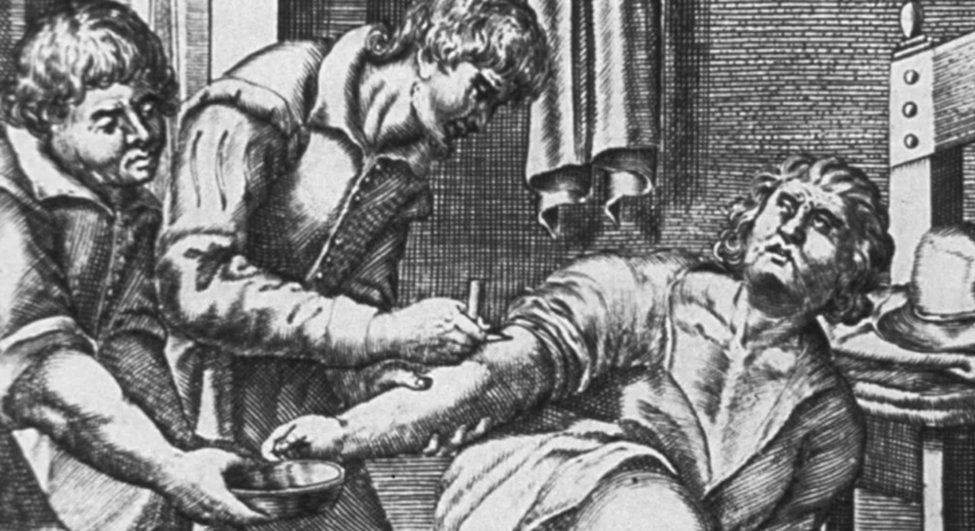
Meet the Luminaries from EndowedChairs.com, a card game created with @zach_london
#NeuroTwitter #gamedev #histmed @somedocs
****************************************
Luminary #4: Dorothy Russell (1895-1983)
1/🪑
#NeuroTwitter #gamedev #histmed @somedocs
****************************************
Luminary #4: Dorothy Russell (1895-1983)
1/🪑

Hands up if you used this textbook! The 7th edition of "R&R" was published in 2007.
You may have known that this was written by eminent neuropathologist Dorothy Russell, but did you know she had epilepsy? 2/🪑
You may have known that this was written by eminent neuropathologist Dorothy Russell, but did you know she had epilepsy? 2/🪑

Russell was born in Australia, but after both her parents died (her mother from measles), Dorothy and her sister Petronella went to live in England with an aunt. 3/🪑 

Her friend from the Perse School for Girls recalled that she always wanted to be "a research doctor." Here Russell is 3rd from the right, holding a netball. journals.sagepub.com/doi/pdf/10.117… 4/🪑 

She went to Girton College, the 1st women's college in Cambridge, where she studied zoology and was "top in the subject" but still couldn't get a B.A. degree - until 1942 - because she was a woman. She then received a scholarship to spend a year studying entomology. 4/🪑 

Russell had #epilepsy "until middle age." This blurb is all we know about it.
She had reasons to hide it. In the early 1900s, ideas of eugenics were prominent in the scientific community. "Epileptic" was considered a reason for preventing marriage, or forcing sterilization. 5/🪑
She had reasons to hide it. In the early 1900s, ideas of eugenics were prominent in the scientific community. "Epileptic" was considered a reason for preventing marriage, or forcing sterilization. 5/🪑

"She also asked us to make it known after her death so that others suffering from the same disability might learn that epilepsy is no essential bar to reaching the heights of any profession."
6/🪑
6/🪑

Because WWI caused a shortage of physicians, the London Hospital Medical College (reluctantly) allowed women to study in 1918. Russell was one of about 30 women when she started medical school in 1919. 7/🪑 

Russell excelled in Morbid Anatomy - which was not a metal band, but rather a class in pathology under the famous Hubert Turnbull (1875-1955).
(If you look at her Endowed Chairs card, one of her books is labeled Morbid Anatomy) 8/🪑
(If you look at her Endowed Chairs card, one of her books is labeled Morbid Anatomy) 8/🪑

So Russell went into pathology, and worked for years researching kidney disease.
Then she met Hugh Cairns, who had worked with the neurosurgeon Harvey Cushing in Boston and saw how he worked closely with his neuropathologists (including Louise Eisenhardt). 9/🪑
Then she met Hugh Cairns, who had worked with the neurosurgeon Harvey Cushing in Boston and saw how he worked closely with his neuropathologists (including Louise Eisenhardt). 9/🪑

Cairns (1896-1952) encouraged Russell to study neuropathology - so she traveled to Boston and Montreal to learn cutting edge cell-staining techniques from Penfield and others.
Here's the passenger list from the boat she took to NYC in 1928: 10/🪑
Here's the passenger list from the boat she took to NYC in 1928: 10/🪑

And here's a picture of neurons from a paper she wrote about her work in 1929.
ncbi.nlm.nih.gov/pmc/articles/P…
She worked with Cairns in London for 15 years, and changed the way glial cells were stained and studied. 11/🪑
ncbi.nlm.nih.gov/pmc/articles/P…
She worked with Cairns in London for 15 years, and changed the way glial cells were stained and studied. 11/🪑

In 1935, she made a time-lapse film (!) with Ronald Canti and J.O.W. Bland that showed pulsatile contractions of oligodendrocytes - which must have been🤯when the film was shown at a pathology conference that year.
(It's at the National Film Archives, has anyone seen it?) 12/🪑
(It's at the National Film Archives, has anyone seen it?) 12/🪑

This is a normal cerebellum (beautiful) from one of Russell's papers in 1937, to show contrast with the cerebellum in a familial leukodystrophy
ncbi.nlm.nih.gov/pmc/articles/P… 12/🪑
ncbi.nlm.nih.gov/pmc/articles/P… 12/🪑

Then Cairns decided to leave for Oxford, and Russell declined to join him - until 1939, when impending war drew her out of London. In Oxford Russell worked primarily on the pathology of military head injuries and subsequent infections. 13/🪑 

In 1944 Russell went back to London - despite Cairns' vocal displeasure. In 1946 she succeeded Turnbull as pathology chair, the 1st woman in this role in Western Europe. 14/🪑 

In 1949, she published Observations on the Pathology of Hydrocephalus, a groundbreaking text on the condition. 15/🪑 

In 1959, Russell published the 1st comprehensive textbook of tumor neuropathology, with Lucien Rubinstein. R&R would have 6 updated editions in the next 50 years.
Rubinstein found her a kind, generous mentor, and described her as a woman of "stately dignity." 14/🪑
Rubinstein found her a kind, generous mentor, and described her as a woman of "stately dignity." 14/🪑

Other colleagues called Russell "The Lady."
"Not much of a sense of humor." "She was very formidable at meetings." "The mistress of the devastating put-down." A "rather masculine outer shell." 15/🪑
"Not much of a sense of humor." "She was very formidable at meetings." "The mistress of the devastating put-down." A "rather masculine outer shell." 15/🪑

I can believe Russell needed a strong shell (and a few withering putdowns) to achieve so much in a medical world dominated by men.
When she retired at 65, she retired hard. She lived alone, saw friends, and gardened at her house in Surrey, until her death in 1983. 15/🪑
When she retired at 65, she retired hard. She lived alone, saw friends, and gardened at her house in Surrey, until her death in 1983. 15/🪑

Brilliant, determined, and fierce, fighting every step of the way, as a woman - with a diagnosis of epilepsy.
The quote on her card is from the first line of this article, and it's one of my faves (don't tell the others).
Read more at EndowedChairs.com! 🪑/🪑
The quote on her card is from the first line of this article, and it's one of my faves (don't tell the others).
Read more at EndowedChairs.com! 🪑/🪑

• • •
Missing some Tweet in this thread? You can try to
force a refresh























